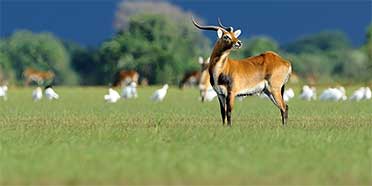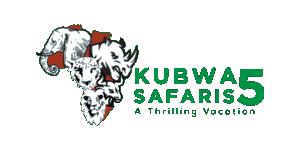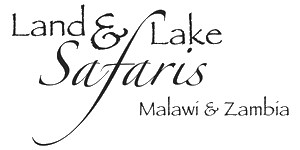
Safari Tours to Bangweulu Wetlands
-
![21-Day Ngonye Liuwa Plain, Kafue, South Luangwa Tour]()
21-Day Ngonye Liuwa Plain, Kafue, South Luangwa Tour
$14,300 to $14,520 pp (USD)
Zambia: Private tourCamping & Lodge
You Visit: Livingstone (Start), Mosi-oa-Tunya NP, Victoria Falls, Ngonye Falls (Highlight), Liuwa Plain NP, Barotse Floodplain, Kafue NP, Lochinvar NP, Lusaka (City), South Luangwa NP, Luambe NP, North Luangwa NP, Mutinondo, Bangweulu Wetlands, Kasanka NP, Kundalila (Highlight), Lusaka (End)

Kubwa Five Safaris
5.0/5 – 122 Reviews
-
![15-Day Zambia Walking Safari]()
15-Day Zambia Walking Safari
$3,811 pp (USD)
Scheduled Start DatesZambia: Shared tour (max 10 people per vehicle)Camping & Lodge
You Visit: Mfuwe (Start), South Luangwa NP, North Luangwa NP, Mutinondo, Bangweulu Wetlands, Kasanka NP, Kundalila (Highlight), Lusaka Airport (End)

Adventure Purists
4.8/5 – 13 Reviews
-
![14-Day Wild Zambia]()
14-Day Wild Zambia
$6,912 pp (USD)
Scheduled Start DatesZambia: Shared tour (max 12 people per vehicle)Camping & Lodge
You Visit: Lusaka (Start), Mkushi (Town), Kasanka NP, Bangweulu Wetlands, Kapishya Hot Springs (Highlight), North Luangwa NP, Luambe NP, South Luangwa NP, Lusaka (End)

Land & Lake Safaris
4.6/5 – 24 Reviews

 Zambia Parks
Zambia Parks






